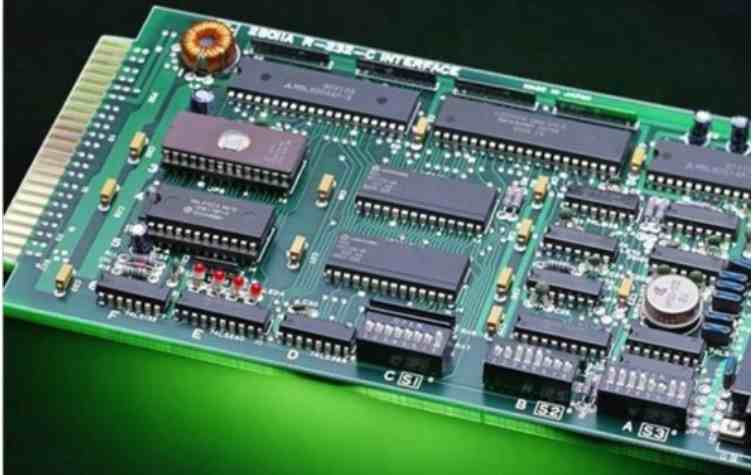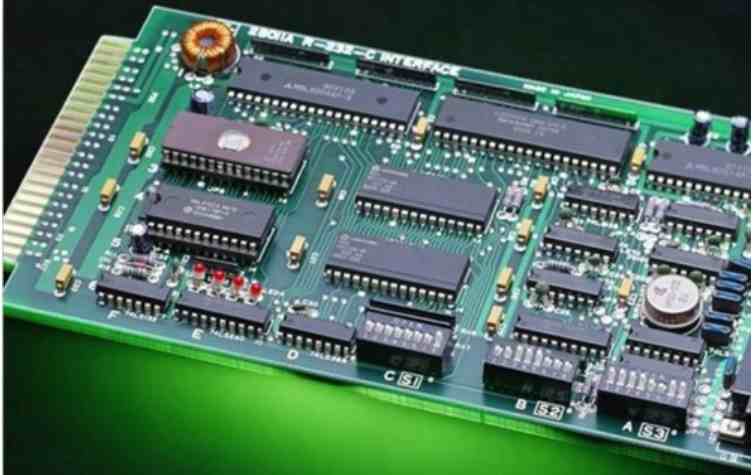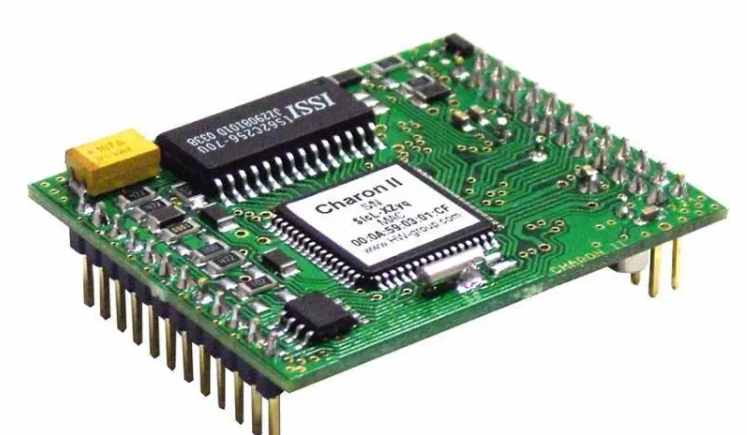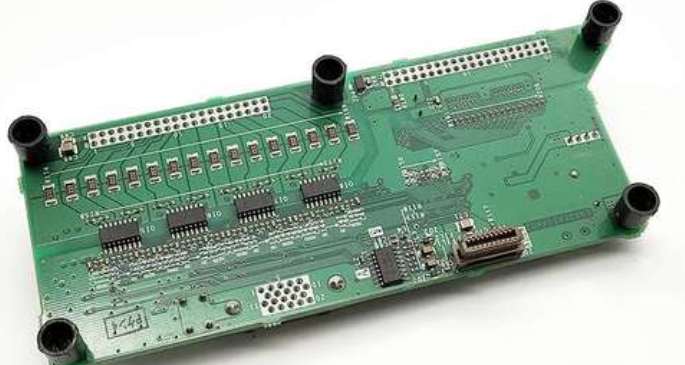
One of the major trends in PCB design is the gradual trend towards open source hardware models and control systems, another is the explosive growth of development boards, PCB design tools are being used in more and more development board design. This article will show you how the industry has achieved low-cost PCB design and layout over the past 25 years.
As PCB designs become more common in conjunction with existing development boards, and as subboards are used to drive hydraulics and servomotors or perform tasks based on light, motion, and sound, the trend in PCB design is increasingly toward open source hardware models and control systems.
Another big trend in PCB design is the explosive growth of development boards. In October 2013, a global survey of PCB designers was conducted, including professional engineers from 42 different countries.
Results: Nearly two-thirds of respondents (64%) feel that development boards have somewhat reduced their need for custom PCB designs. On the surface, this result threatens the development of PCB design, but the reality is that PCB design tools are being used in more and more development board designs.
Despite this, PCB design has not changed fundamentally since its inception. Innovation in PCB design has focused on reducing the cost of developing boards and shortening development times, but PCB layouts have remained largely the same, changing only the components used and product properties - the root cause of most design complexity.
In the face of fierce competition, shortening product design cycle is very important for engineers and managers. One of the biggest concerns for many companies is how engineers can acquire development tools that reduce time-to-market and design costs to cope with the increasing complexity of PCB designs. The design cycle is extremely critical to the time-to-market of a product, and PCB layout is often used to compensate for delays early in the design process. Moreover, with vendor locations and design teams spread across the globe, we can imagine how difficult it is to get the best development tools, which challenges multiple design teams and time to market.
To address these challenges, vendors urgently need development tools that leverage existing resources, including human and computer tools that allow interoperability. These development tools are simple to use and extensible to connect other time-consuming design phases of the design process. PCB design tool properties often mentioned by engineers include:
Provide a progressive learning curve. "Support multiple designers on the same project without sacrificing productivity
Provides an ideal plug and play mode for performing intensive tasks to increase productivity
Support users around the world real-time collaboration
At all stages of the design process, multidisciplinary technical experts can be mobilized for development and design without sacrificing capacity
Items available at the high end of the electronics industry can be used to analyze designers' actual designs, how chips work internally, and how chips respond to their peripherals. For engineers, the question is how can they make the least amount of mistakes with the least amount of effort... It didn't take a little luck to get here.
While there are tons of commercial products out there (most of them expensive, very expensive), only a few are reasonably priced... They combine powerful capabilities and offer very low start-up licensing costs. Product features such as ease of use are becoming more and more important, which can effectively accelerate complex design and reduce initial design costs

The survey also looked at the top priorities of engineers when choosing PCB design software, such as price, functionality, ease of use, and service support. The results clearly show that the majority of design engineers value functionality over price when purchasing design tools, with 60 percent of respondents rating functionality as a "very important" factor. Has been providing users with super functional products, but to meet the needs of users for each generation of software products more and more challenging. Engineers need a software product that optimizes design time while giving them more time to innovate and test.
EAGLE is a favorite of engineers around the world and has been used for everything from open source hardware to collaborative engineering projects, including electric cars, formula cars, microsatellites, commercial moonwalks, and more. The key to EAGLE's success is that it is designed for beginners and advanced users at the same time, providing them with a variety of options that greatly reduces the design and testing process time.
There are a number of completely free development tools available for Linux, Mac, and Windows. In the case of cost savings, which product features become the basis for engineers to purchase development tools
Support function extension
To be precise, simulation, data input and output, and custom commands are performed through user language programs (ULPs). EAGLE customers have been striving for breakthrough innovations and enhanced software versatility through the use of hundreds of ULPs in collaboration, such as the newly launched EagleUp3D Design Converters that enable engineers to export 2D layout diagrams from EAGLE and import them into GoogleSketchUp with one click to create accurate 3D prototype simulations. This enables users to integrate multiple circuit boards into the same model, allowing them to detect misaligned connectors and "collisions" between high-size components, as well as to determine airflow around the device and availability of test and installation points. These are especially useful for design sharing and development, as well as re-evaluating system-level issues. EAGLE may also implement import of mechanically formatted data from other manufacturers and provide all source code. ULP structure enables users to further build customized designs based on existing designs to meet specific design requirements.
Accelerate the design cycle
Engineers typically place components on a circuit board, load schematics and place them on a PCB to simulate their behavior. Recent enhancements to CadSoftEAGLE6.4 make it easy for engineers to use Lintel's high-performance SPICE emulator LT-Spice, schematic input tools, and waveform displays. Users can now emulate existing EAGLE schematics and automatically convert from EAGLE.
Get a quick quote or smoother design chain
Although the engineer has the material cost (BOM) in line with the project budget and schedule and is ready to start the PCB board, they often need to send the material cost first and wait for the decision. As a result, engineers urgently need a featured tool from a reliable, high-quality service partner to quickly obtain quotes for small batch PCBS and obtain rapid prototyping services.
Large component library
This is critical for productivity, since users cannot "design a custom component" for every component they plan to add to the circuit. EAGLE itself has created a wide variety of component libraries, as well as vendor-supplied or user-shared component libraries available through the e-Alliance community. Since it can take up to 20 minutes to create a small custom database for each part from scratch, a component library can greatly assist engineers in their design by providing them with a rich information resource center that is trusted and verified by active community members.
To further simplify and speed up the design process, electronic design engineers can also specify their required components using DesignLink, a feature tool that allows them to quickly search for the appropriate components from our online product database by setting parameters. In addition, engineers have access to a wide range of technical information about component products, including technical manuals, links to application-specific solution guides, pricing, and time-to-market, all available in the EAGLE design environment without having to navigate multiple web pages.
In short, as trends in electronic design continue to evolve, core elements such as functionality, usability and price remain the most important factors for engineers









